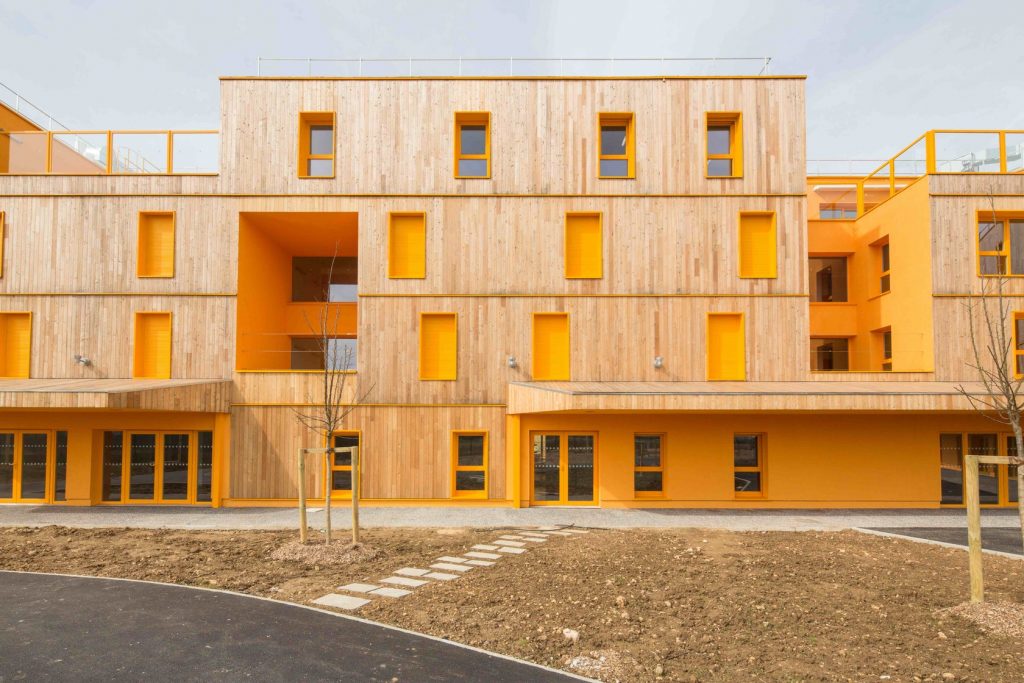Psychology of humans should be an important and visible factor at the time of executing the architecture’s design, as every architecture’s work is made for them humans.
I have always been interested in this topic since I was very little, how things makes us feel, and as I realized that we didn’t deeply focus on that in architectures aspect yet, I wanted to investigate and write this page about it.


It is mostly called neuroarchitecture. This is the application of neuroscience into architecture, which studies the emotional cognitive effects of the users of the correspondent project, to then know the effects of the various elements and designs with a more objective vision. Its aim mainly is reaching the best quality environment for the humans using the work as possible.
Its founder was the neuroscientific Fred Gage, founded in 1998 that the brain stills produce neurons in adults, what bring him to be interested in how the environment in which we live affects in the structure and the function of our brain.
Here are some of the aspects to take into account:
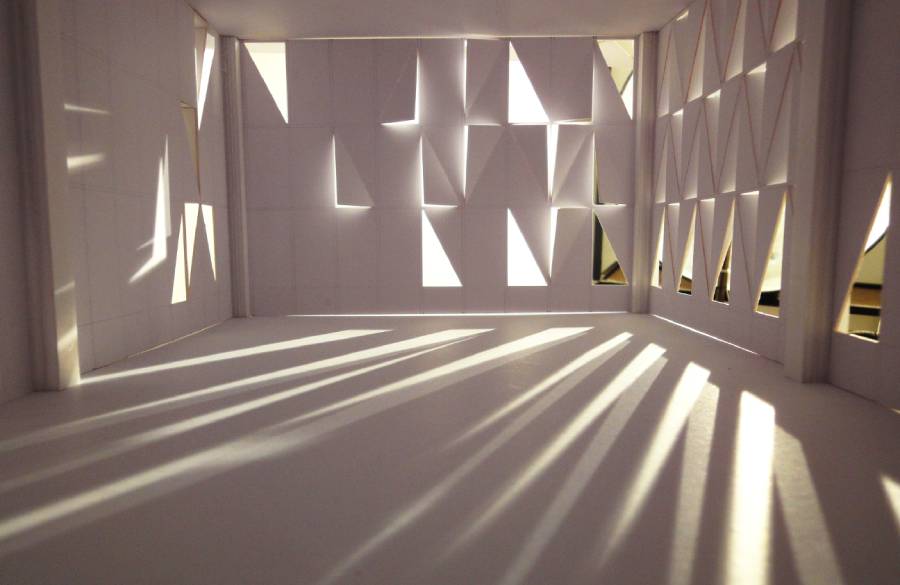
illumination.
Light is a crucial factor for the human’s body and mind, as it attracts them due to the fact that this one connects them with the exterior environment. Natural lighting helps the brain to concentrate and improves it better than the artificial one.

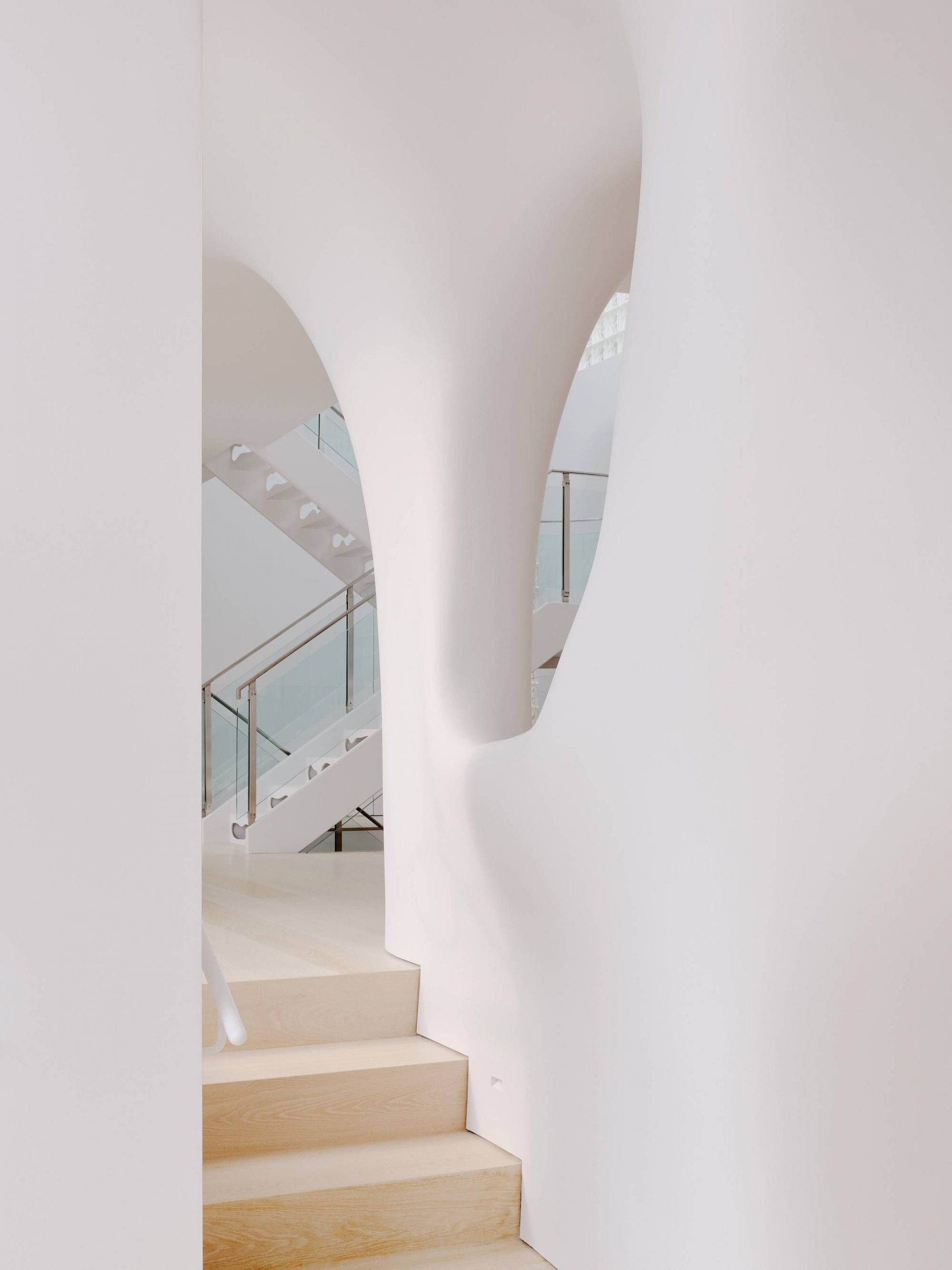
Roofs and curves.
Based on scientific studies, high roofs encourages creativity in humans and all activities related to it, contrary to low roofs, which improve routine work. Combining this to the curves in buildings and interiors, this help us relax and have a calm and peaceful mind, but also create a safe environment.

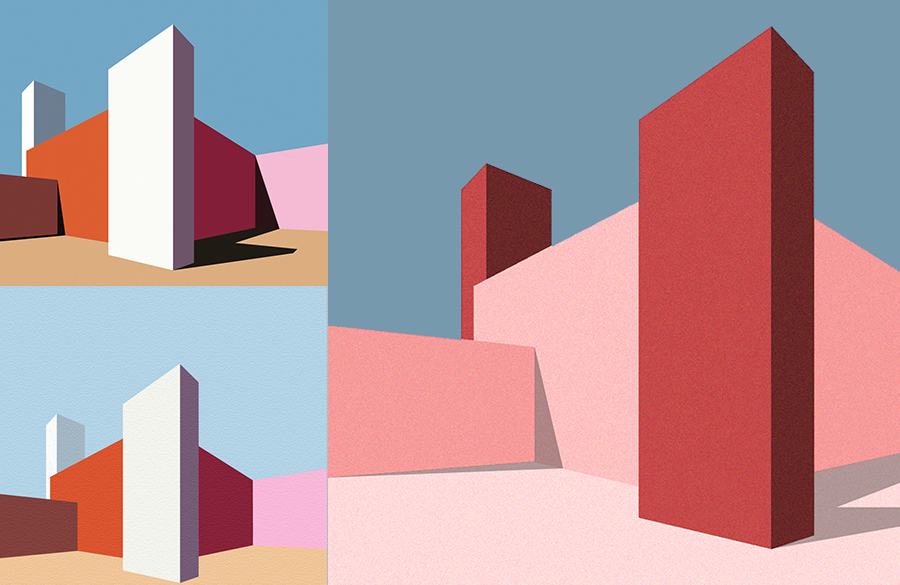
Colors.
Each color affects and determines the emotional state of people differently, as they impact different areas of our brain, so we must investigate how the color-scheme impacts our brain before choosing. The tonalities closest to the nature, as for example green or blue, are able to reduce stress, improve comfort and normally helps to have a vision of the building as “healthy”. Warm colors like red help concentrate thanks to their ability to caught our attention, so they would be a good choice to place them in concentration works.Pink usually helps reduce anger and also stress, just like the nature ones.
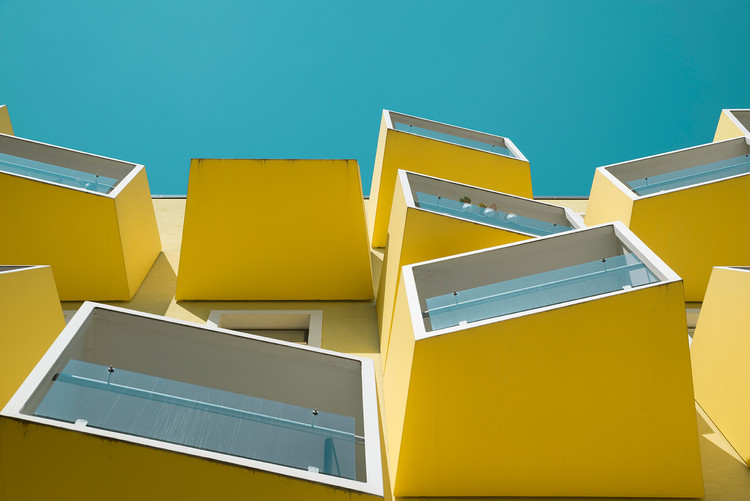
Architectonic elements.
One’s of architecture’s bases is geometric forms, as every building has a basic general mix of them. This also has an impact on human’s brain and how we perceive the building, as for example the case of rectangular spaces, which are less stifling than the square ones. Also, straight angles encourages the apparition of stress.
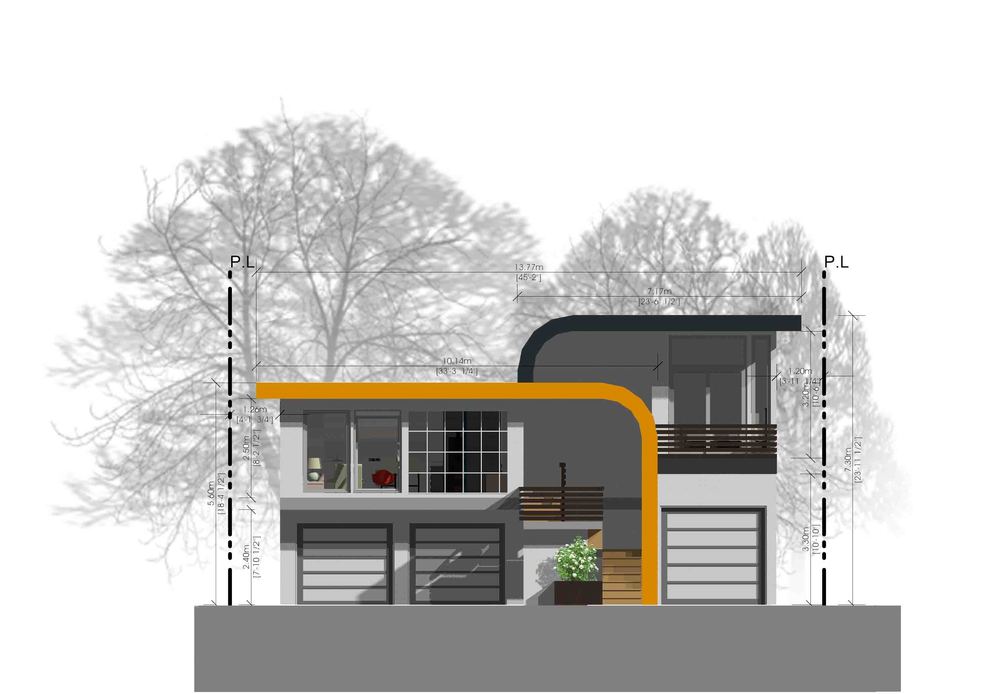

Green spaces.
As we all know, green exteriors and nature always have a good impact on anyone, so of course in architecture works the same. Every time humans have contact with nature and natural light, our body releases stress and our mind opens up, as well as that space is.


